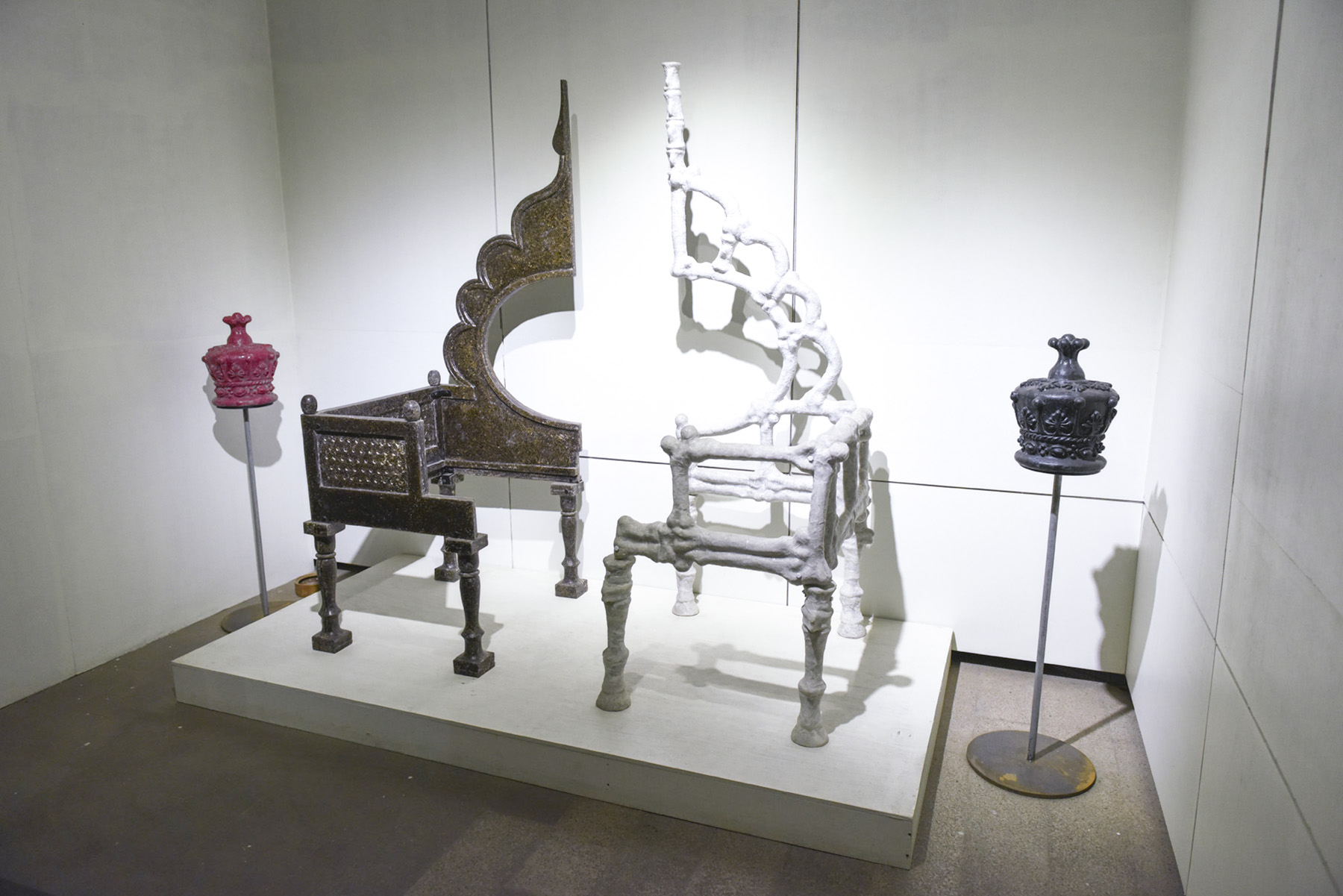Tryst of Contemporary with Tradition
Seema Bhalla
Art,essentially, is the product of its times and surroundings, assimilating in its fold the contemporary circumstances. To this, as an unwritten rule, Indian Art is not an exception. The highly sophisticated form of paintings in the caves of Ajanta (3rd B.C. to 6th A.D.), comes across as the first surviving historical evidence of Indian art. These large awe-inspiring paintings are not only the anthology of the Buddhist Jatakas but are also the documentation of its environs, architecture, costume, and culture. The adaptability of the Indian artist became evident when the impressively large size of the Ajanta caves paintings later found their expression in the miniature size, beginning with early Eastern Indian and Western Indian painting, the historical evidence of which is the Gilgit manuscript belonging to c. 8th century.


